Garden Styles for the Plantito and Plantita
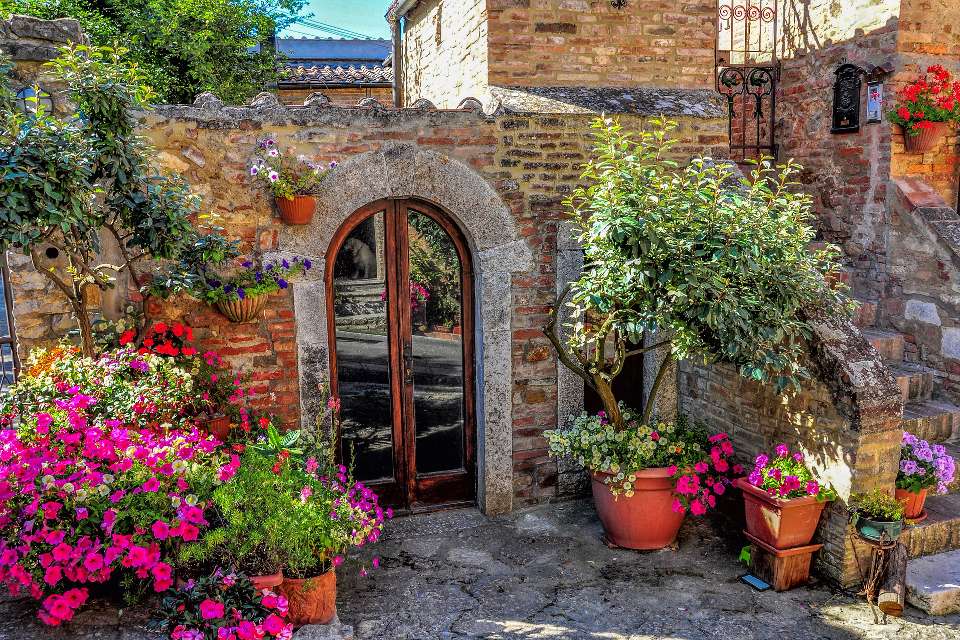 |
| Tuscan garden | Photo: Bud Ellison |
This pandemic has brought two hobbies to several households in the Philippines: baking and gardening. While baking is limited to those who have ovens (though there are ways to “bake” WITHOUT an oven), gardening is accessible to everyone, even those with minimal space for planting.
There are different ways to set up a garden, whether you intend to plant for food or ornamental purposes, but first, a plan. Even the smallest terrarium needs a plan. One important decision to make is choosing a garden style that would suit: (1) your available space, (2) the plants you want to grow, (3) the look of your home, and (4) the personality you would like the garden to project.
To help you in your gardening journey, below are different garden styles from around the world. Take this opportunity to be creative: mix and match these into your designs or take elements that may work for you.
Tropical
Let us start with something close to home. Tropical gardens are made up typically of lush and colorful vegetation. Large, irregularly shaped leaves and flowers with intense colors add beautiful textures. Many of these tropical plants also adapt easily indoors, making them excellent houseplants. Palm trees, bamboo, orchids, and plants in the Araceae family are just some of the more popular choices for this type.
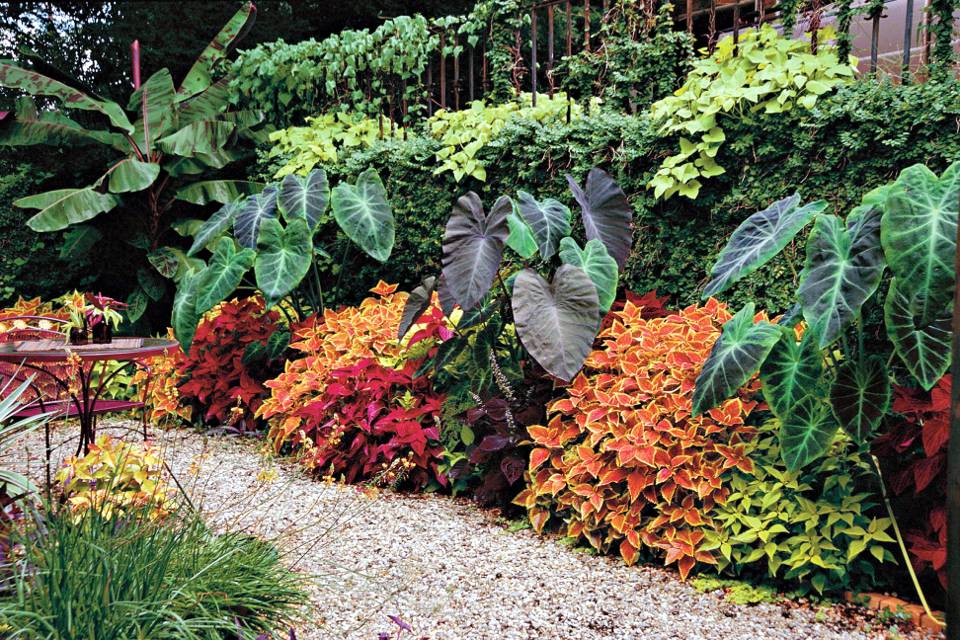 |
| Photo: William Dickey |
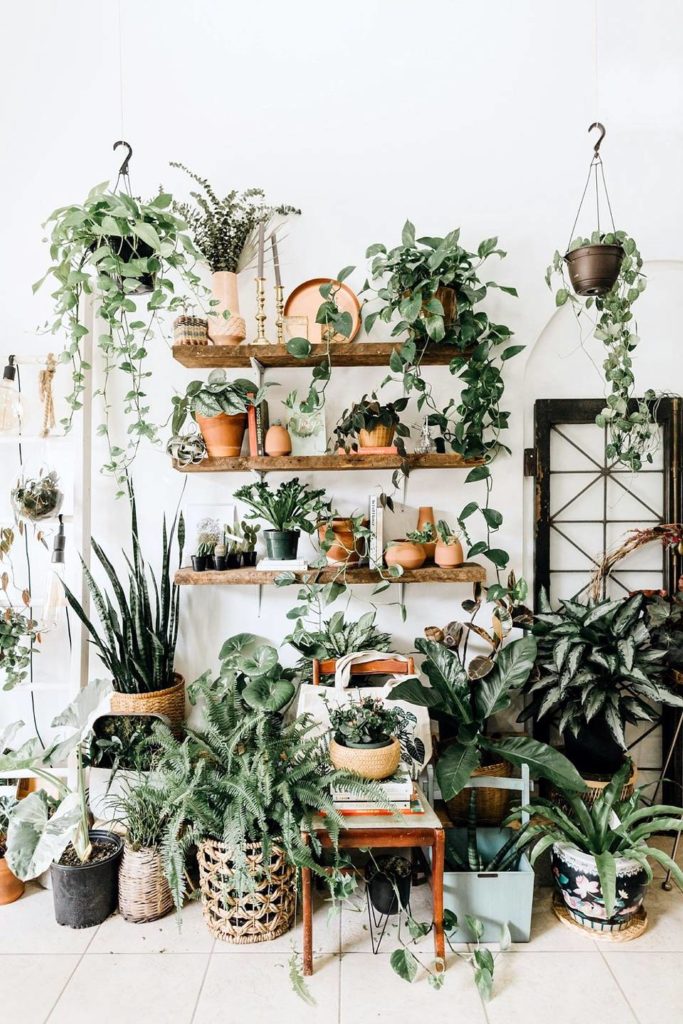 |
| Photo: Jessica Bordner |
Asian
Asian gardens are often minimalistic and offer a space suitable for meditation and contemplation. Because of its simplicity, it is the go-to design for contemporary houses with smaller yards. This simplicity also makes it easier to maintain.
A Japanese garden, which is more familiar to most, is like a miniature of the natural world, with ponds, sand, and large stones representing lakes, rivers, and mountains, respectively. Plants are minimal and can be kept neatly like those that grow upright, with slender leaves like bamboo, horsetail reed, and yellow iris. Others that would go well in an oriental garden are moss and shrubs that can be trimmed or shaped. If wanting in space, yours is the perfect place for a bonsai.
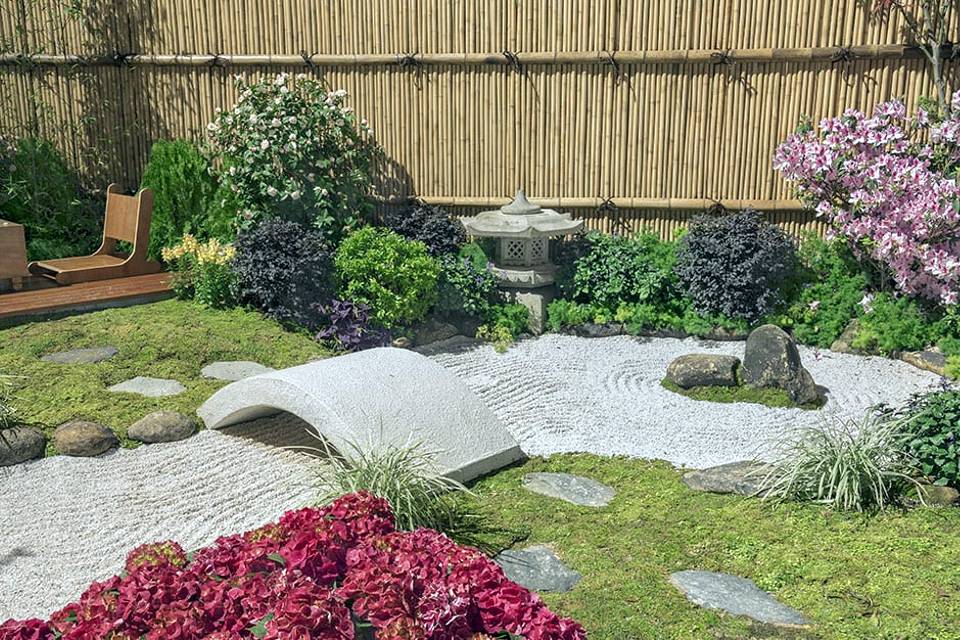 |
| Photo: David Domoney |
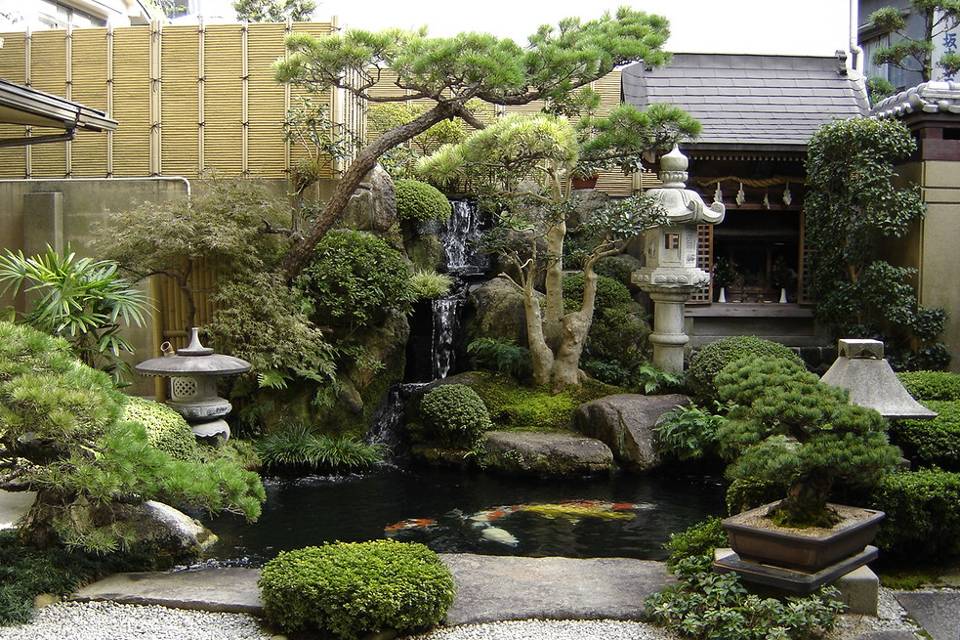 |
| Photo: Flickr |
Mediterranean
The Mediterranean is home to a variety of design influences from countries such as Spain, France, Italy, Greece, Turkey, and Morocco. But some elements unite this region, and one of that is its climate. Warm and dry in summers, the Mediterranean is a place where drought-tolerant plants thrive. Surround your garden with bougainvillea, oleander, vines, succulents, and sun-loving herbs like rosemary, lavender, sage, or whatever your favorites are.
Another common feature of Mediterranean gardens is the use of clay and stone. Terracotta pots for plants, bricks or gravel for flooring, ornate tiles and mosaics to decorate walls, and a statue or jar as focal point—go mild or wild, it is up to you.
Water features (whether fountains, ponds, or pools), as well as shaded areas, are also integral to help cool the air in the high summer heat.
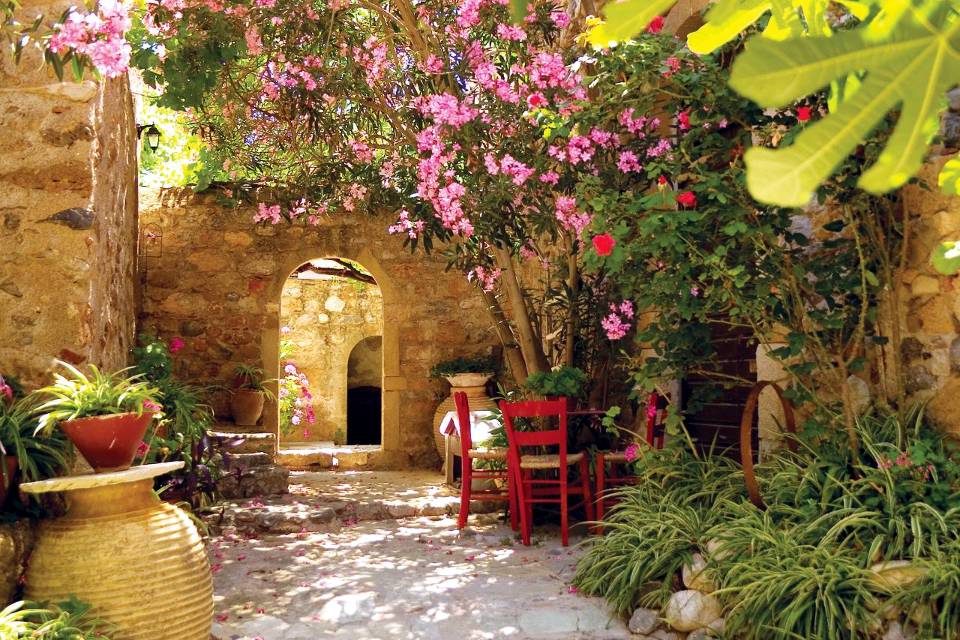 |
| Spanish Garden | Photo: Amara |
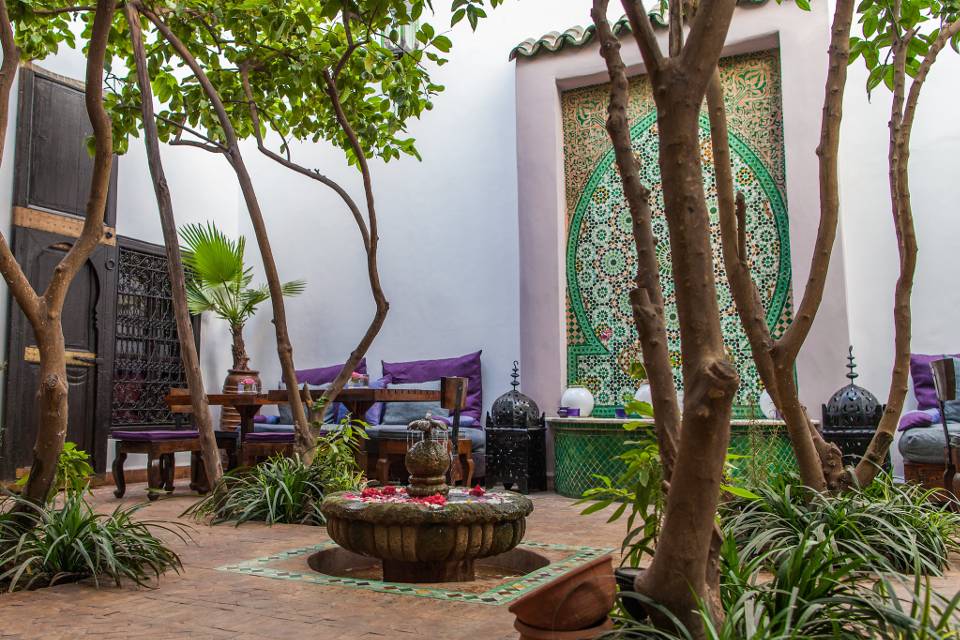 |
| Moroccan Garden | Photo: Flickr |
 |
| Photo: Trouvais |
Northern European
Perhaps this is best represented by the English Cottage and Country gardens, a personal favorite since watching The Secret Garden in the 90s. Designed originally for practicality by the peasants, it evolved, as it became more popular, into that charming and casual garden we know today.
Cottage gardens are often densely planted, maximizing every inch of space, and with a seemingly random layout. Other elements include curved edges, winding paths, and accessories like picket fences and birdhouses. Ornamental and edible plants are mixed, as well as their colors, textures, and heights.
Consider selecting a variety of flowers, ground covers, crawlers, and shrubs to keep your garden vibrant. Here are some to choose from: rose, lily, purslane, violet, camellia, cockscomb, morning glory, geranium, Mexican bluebell, cosmos, blue plumbago, and herbs.
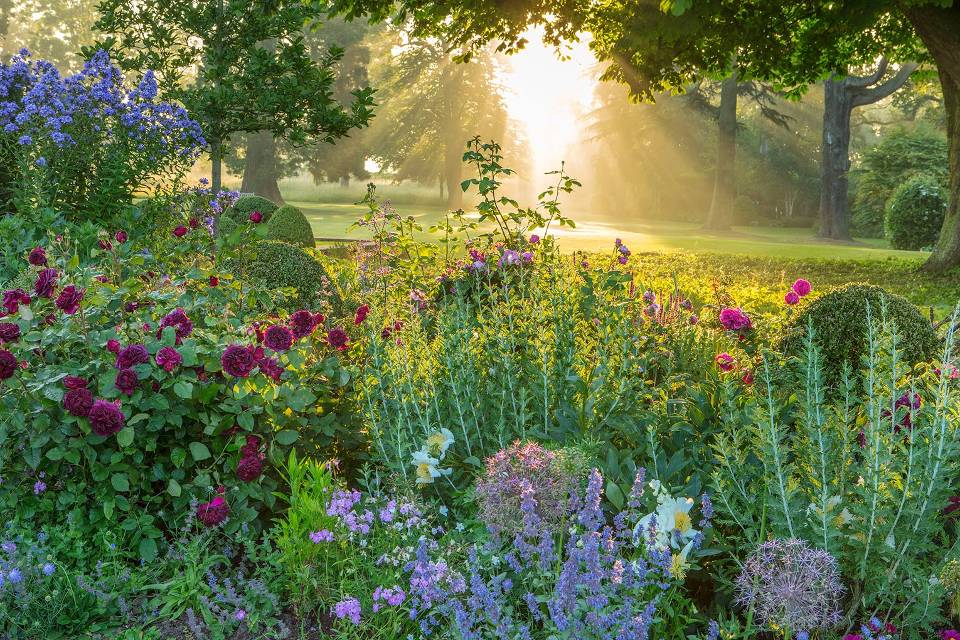 |
| Cotswolds | Photo: Clive Nichols (Heritage Touring) |
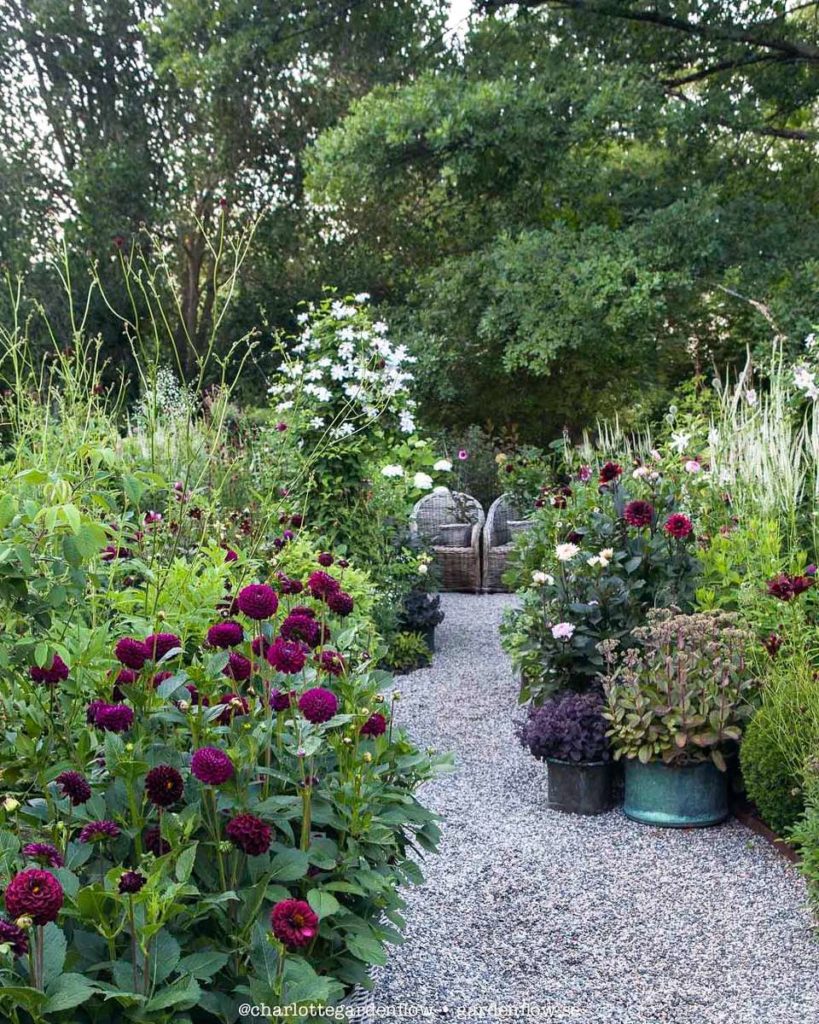 |
| Swedish Garden | Photo: Charlotte Andersson |
This list is by no means exhaustive. There are many more garden styles to go for: formal and informal, modern, desert, eco-friendly, container and urban gardens, or your personal style. Whatever you pick, the perfect garden will always be the one you enjoy growing.

Comments
Post a Comment